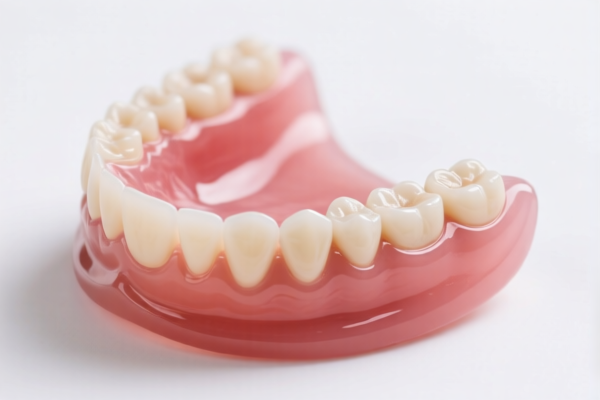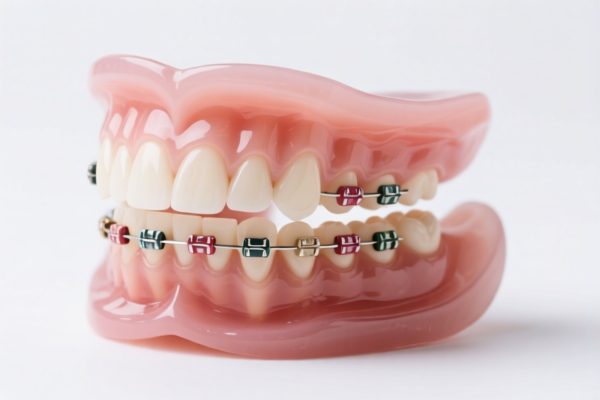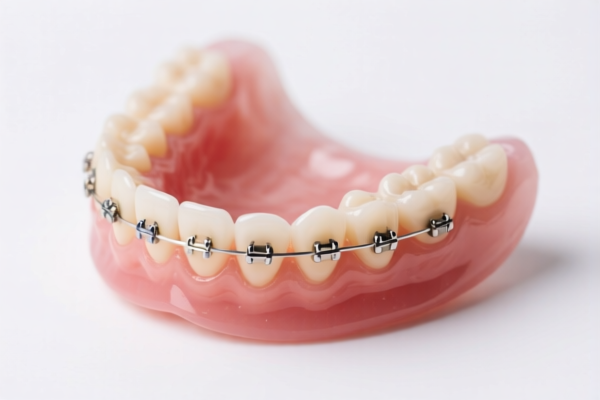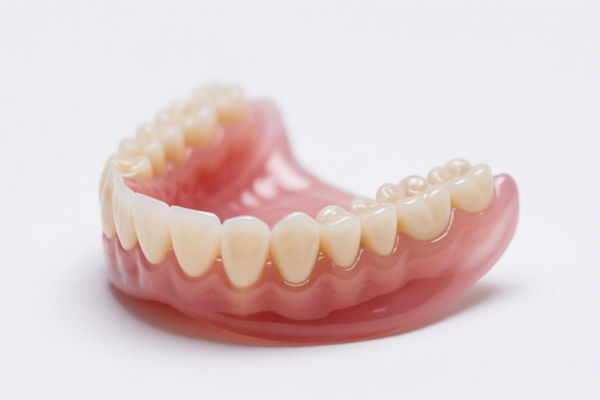| HS Code | Official Doc | Tariff Rate | Origin | Destination | Effective Date |
|---|---|---|---|---|---|
| 3924905650 | Doc | 40.9% | CN | US | 2025-05-12 |
| 9601906000 | Doc | 37.5% | CN | US | 2025-05-12 |
| 9601908000 | Doc | 41.2% | CN | US | 2025-05-12 |




Dentures, Veneers, and Teeth: A Comparative Overview
This article outlines the distinctions between dentures, veneers, and natural teeth, covering their composition, function, applications, and common variations.
Natural Teeth
Material: Primarily composed of enamel (outer protective layer), dentin (underlying structure), cementum (root covering), and pulp (containing nerves and blood vessels). Supported by the alveolar bone and periodontal ligaments.
Purpose: Essential for mastication (chewing), speech articulation, and maintaining facial structure.
Function: Break down food for digestion, enable clear pronunciation, and provide structural support to the face.
Usage Scenarios: Normal daily function; require regular hygiene practices (brushing, flossing, dental check-ups) to maintain health.
Common Types: * Incisors: Front teeth, used for biting. * Canines: Pointed teeth, used for tearing. * Premolars (Bicuspids): Used for grinding and crushing. * Molars: Larger teeth, used for grinding and crushing.
Dentures
Material: Typically constructed from acrylic resin (plastic) or a combination of acrylic and metal (for support). Modern dentures may utilize advanced materials like porcelain or flexible resins.
Purpose: Replace missing teeth, restoring chewing function, speech, and facial aesthetics.
Function: Provide a prosthetic replacement for lost teeth, allowing for improved mastication and speech. Rely on suction or adhesives for retention.
Usage Scenarios: Complete or partial tooth loss; require removal for cleaning and overnight soaking. May require adjustments over time due to changes in gum and bone structure.
Common Types: * Complete Dentures: Replace all teeth in an arch (upper or lower). * Partial Dentures: Replace some missing teeth, utilizing clasps to attach to remaining natural teeth. * Immediate Dentures: Placed immediately after tooth extraction; require relining after healing. * Overdentures: Fit over a few remaining natural teeth or dental implants for increased stability.
Veneers
Material: Primarily constructed from porcelain or composite resin. Porcelain veneers are more durable and stain-resistant, while composite veneers are less expensive and require less tooth preparation.
Function: Improve the appearance of teeth by covering the front surface with a thin shell. Address issues like discoloration, chips, cracks, gaps, or misalignment.
Usage Scenarios: Cosmetic enhancements; minimal tooth preparation is generally required. Provide a natural-looking aesthetic improvement.
Common Types: * Porcelain Veneers: Custom-made shells bonded to the front surface of teeth. * Composite Veneers: Resin material applied directly to the tooth surface and sculpted. * No-Prep Veneers: Ultra-thin porcelain veneers requiring minimal or no tooth reduction. * Lumaneers: A brand name for a specific type of no-prep porcelain veneer.
Based on the provided information, the declared goods – dentures, veneers, and teeth – fall under the category of worked ivory, bone, tortoise-shell, horn, antlers, coral, mother-of-pearl and other animal carving material, and articles of these materials. Here's a breakdown of relevant HS codes:
- 9601906000: Worked ivory, bone, tortoise-shell, horn, antlers, coral, mother-of-pearl and other animal carving material, and articles of these materials (including articles obtained by molding): Other: Of bone, horn, hoof, whalebone, quill or any combination thereof. This code applies to articles made specifically from bone, horn, hoof, whalebone, or quill, or combinations of these materials. Dentures or veneers utilizing these materials would fall under this classification.
- 9601908000: Worked ivory, bone, tortoise-shell, horn, antlers, coral, mother-of-pearl and other animal carving material, and articles of these materials (including articles obtained by molding): Other: Other. This is a broader category encompassing articles made from these materials not specifically covered elsewhere. If the dentures or veneers are made from materials other than bone, horn, hoof, or quill, this code may be applicable.
Tax Rate Details:
Both HS codes share the following tax structure:
- Basic tariff: 0.0% or 3.7% (depending on the HS code)
- Additional tariff: 7.5%
- Additional tariff after April 2, 2025: 30.0%
- Total tariff: 37.5% or 41.2% (depending on the HS code)
Important Note:
The specific material composition of the dentures and veneers is crucial for accurate classification. If the goods are made of bone, horn, hoof, whalebone, or quill, use HS code 9601906000. Otherwise, HS code 9601908000 should be considered.
Customer Reviews
No reviews yet.